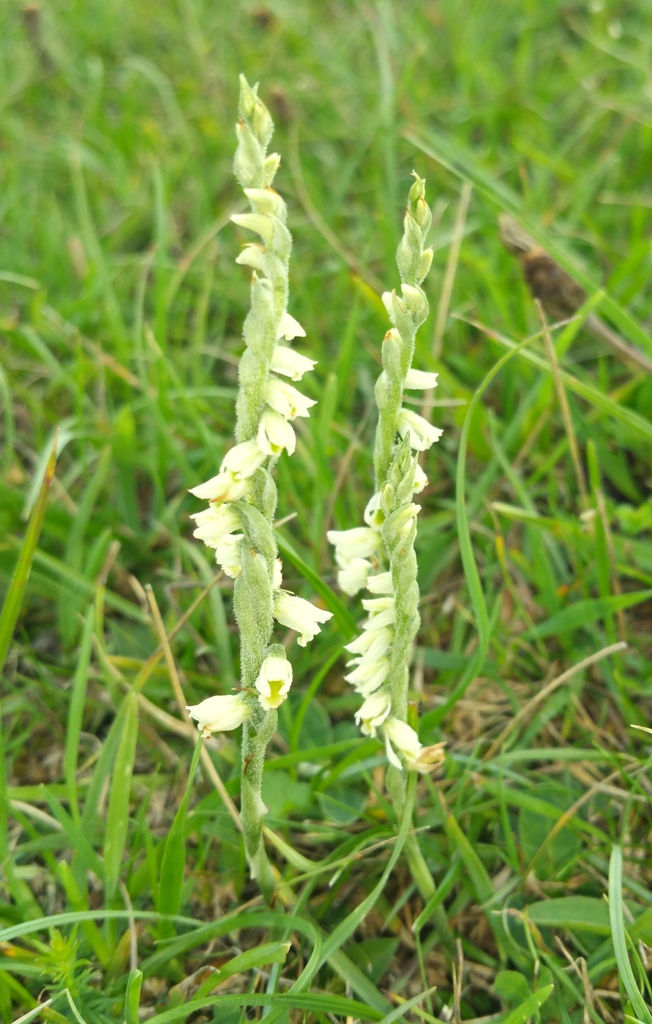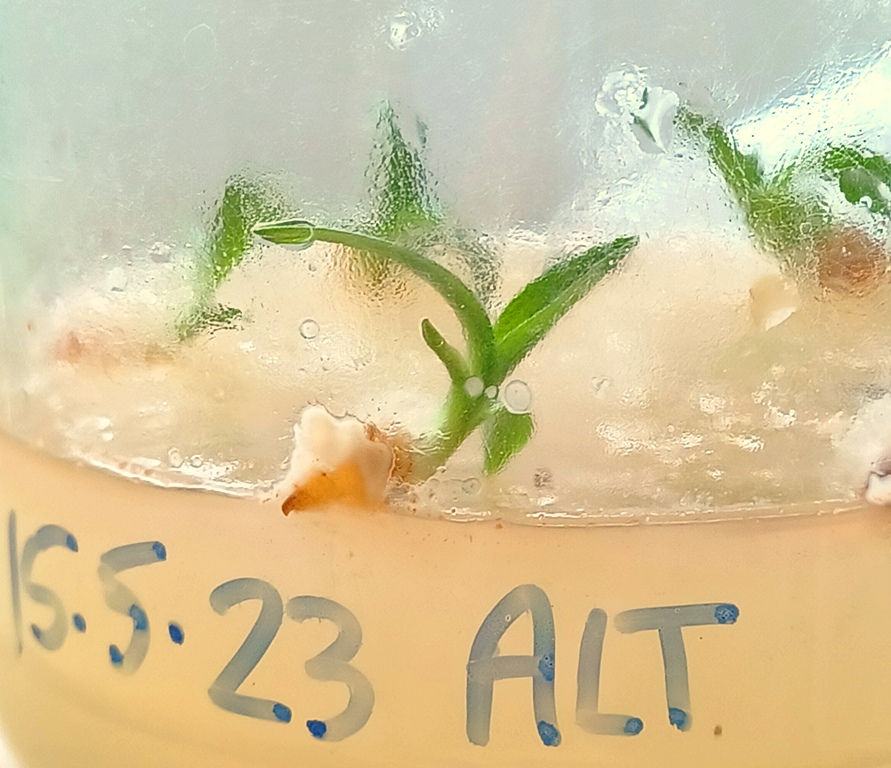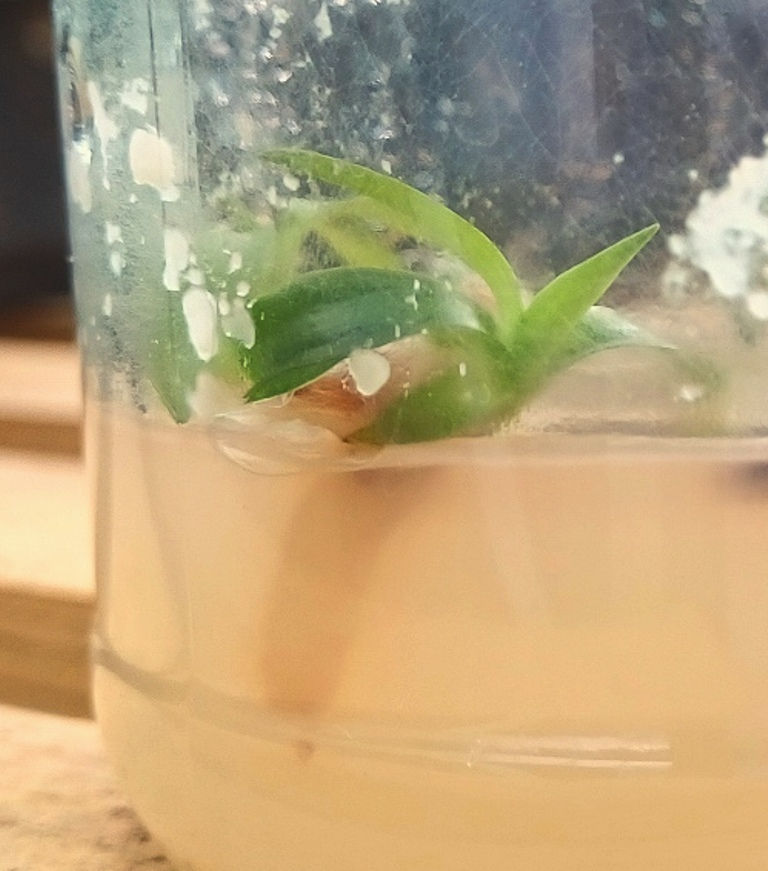The orchid season is pretty much over now for this year. If you discount the Ghost orchid (Epipogium aphyllum), which anyhow may be extinct, Autumn Lady’s-tresses (Spiranthes spiralis) is the latest of our U.K. orchids to flower: from August into September. At the time of writing they have mostly finished and are ripening their seed pods, but with the funny weather patterns we have now – who knows?

Being tiny and 15 cm tall they can only grow in very short turf, and prefer well-drained, infertile alkaline soils. Typically this is chalk downland, coastal cliffs, road verges, sand dunes, etc, but they are one of that happy band of species that can pop up unexpectedly in garden lawns. I know of a lawn with hundreds. It helps if you are above chalk or limestone, of course. They may have been there unknown for years until fortuitous summer negligence with the lawn mower allows the flower spikes to arise instead of always being chopped off.
The leaf rosette is hard to spot without a finger-tip search. The leaves remind me a bit of Butcher’s-broom, being oval, pointed, and dark glossy green. The new rosette appears in late summer, is winter-green and dies back around June, but the flower spike emerges from where it was. Thus when new leaves appear the arrangement looks strange because they are just to one side of the spike.

I don’t have any of these orchids in my meadows, but have been growing plantlets from seed with the aid of a symbiotic fungus for a year or two now. They germinate readily into protocorms and grow into small plantlets without much trouble, but it is trickier to grow them on into mature flowering plants. I haven’t managed that yet, and am losing the plants after they have been potted into various composts.

In the photo you can see a thick, cylindrical, tuberous root develops early on. The accepted belief is that the plant needs a relatively long time in nature to grow vegetatively before the first flowers are produced – perhaps 5 years or more. They develop a cluster of 3 to 5 of the swollen roots below ground. Perhaps only then do they have enough food reserves to flower.
Photos: 1. Spiranthes spiralis flowering in a lawn, 2. Six month old protocorms with first green leaves, 3. Plantlets two months later with tuberous root development.
Anthony.heys@sky.com
Comments